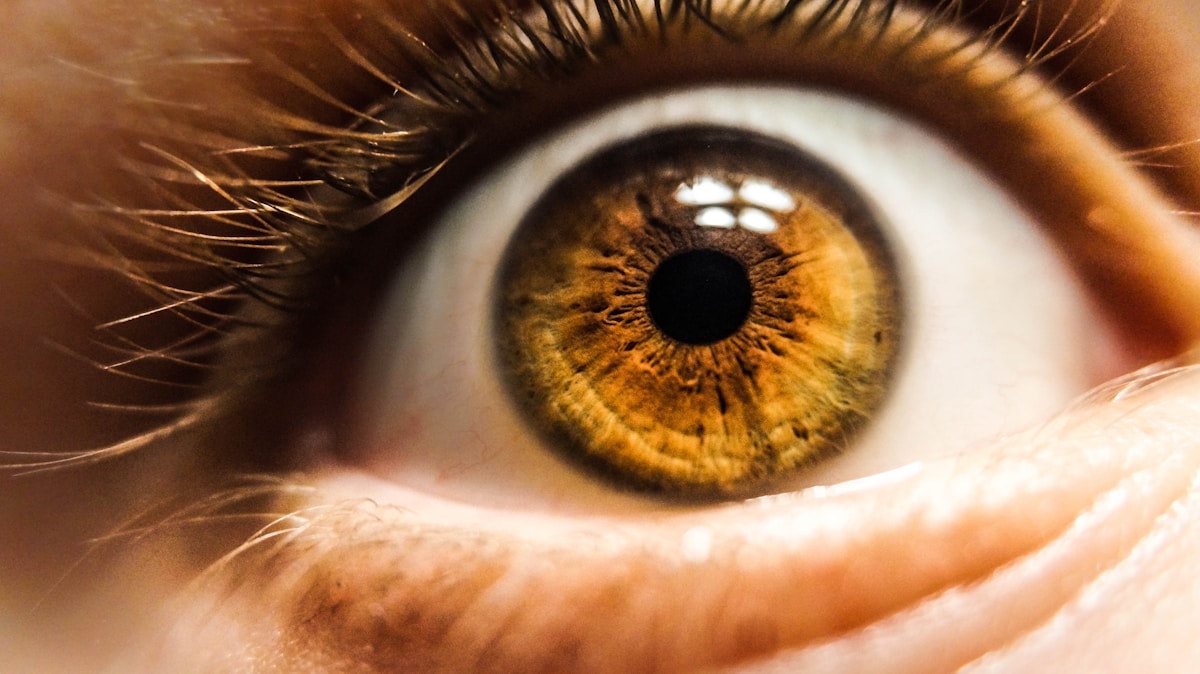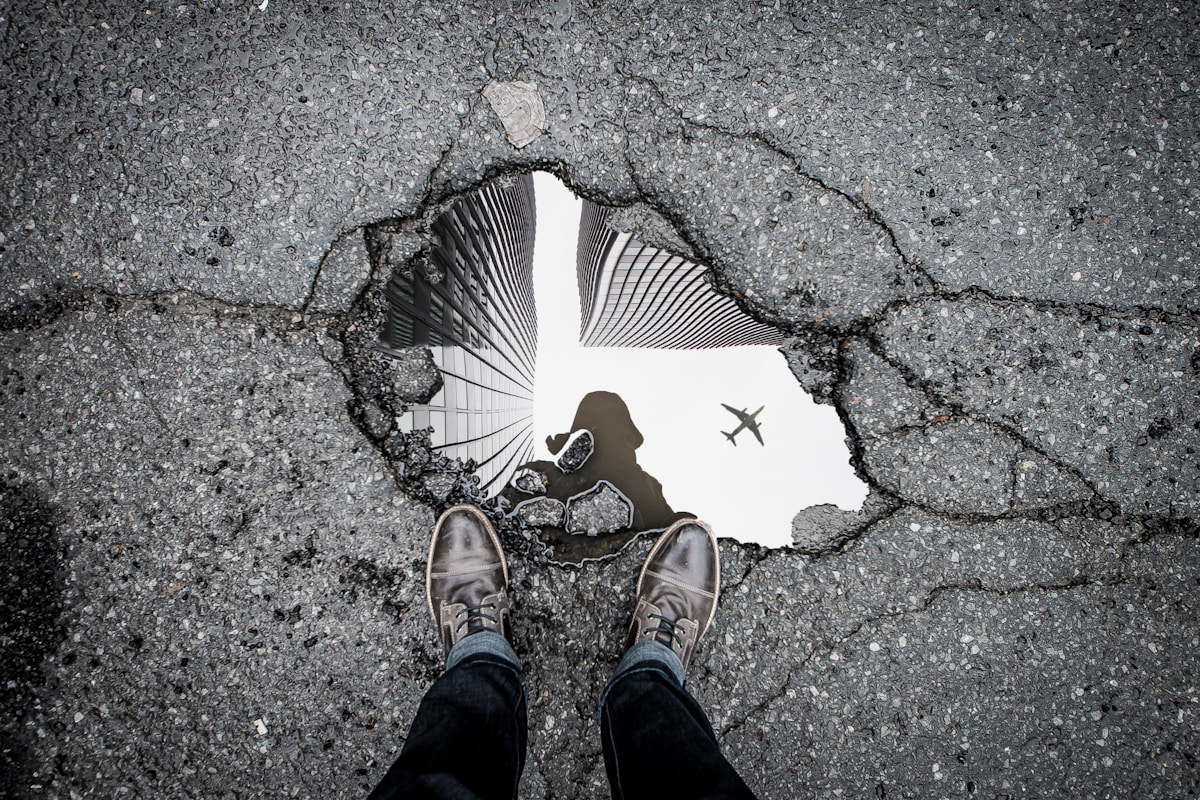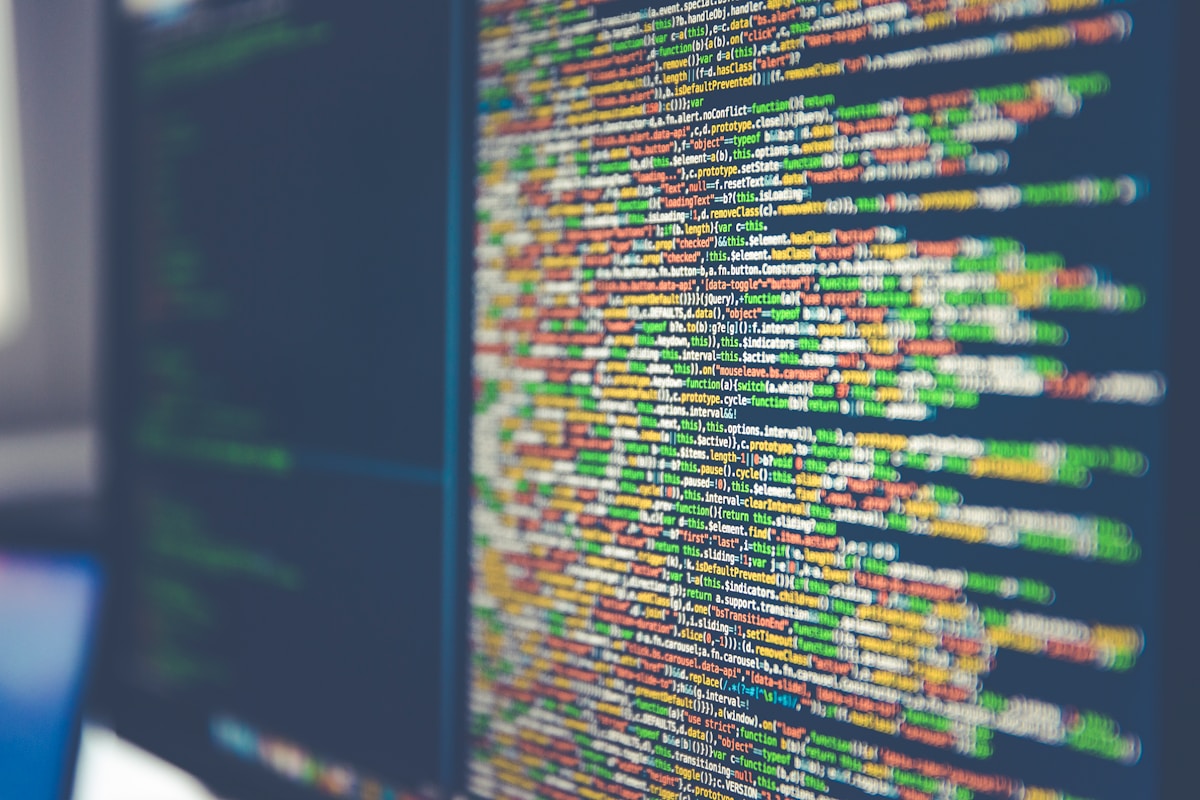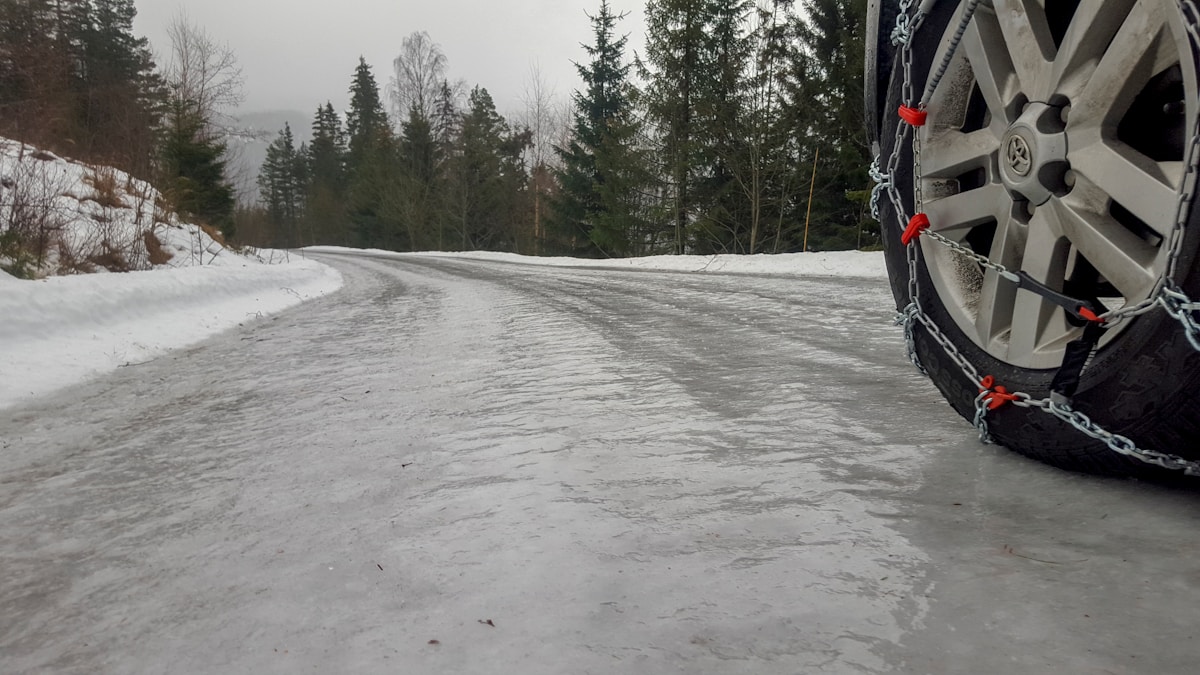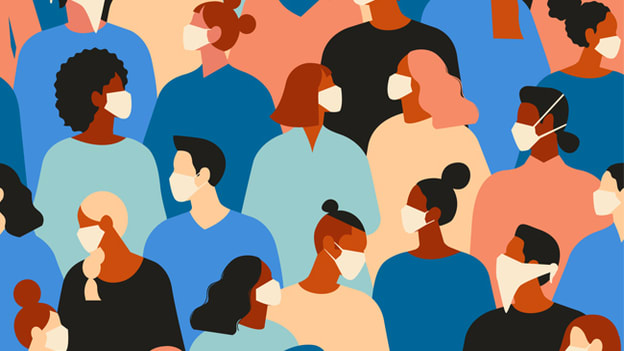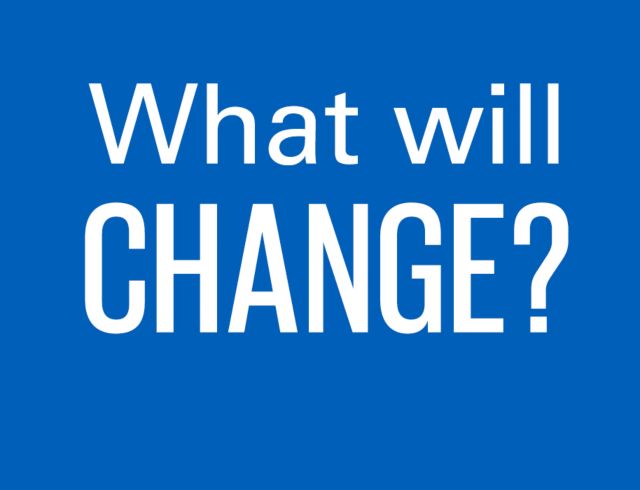A Personal Look at Trauma and Self-Damage
After my book, “Battles of Attrition”, was released, I find I have searched for projects that challenge my limits of skillset and knowledge-base as far as possible – generally away from the previous directions I found myself in. Time to expand. To test. To break-out of comfortable niches. Some of those challenges, in hindsight, have uncovered other surprises that I wasn’t quite prepared for. The book hashed-out a lot of hidden, protected, and ongoing feelings and emotions about my youth and maturation and gave catharsis and understanding to a lot of it. Little did I know it wasn’t quite finished where the book ended…
While doing research for a personal project on PTSD (post-traumatic stress disorder), a number of traits common to those who suffer from it jumped-off the page. Thinking it was entirely coincidental because I had never been to war…never been in the military or law-enforcement or prison-security or the like I, for my own curiosity, took a Canadian online test for PTSD from a reputable, specialized body. (I have since been officially diagnosed by a psychiatrist with full-on PTSD) I’m not sure one could label it “with flying colors” but let’s put it this way, most – the majority – of symptoms are things I experience in some manners to this day. Others had an epiphanic impact. Memories came rushing back from deep hidden places that I had either forgotten and turns out had far more significance than I had ever imagined, some entirely buried and repressed for protective purposes.
I have to admit, it was a rather horrifying realization. I reached-out to a friend who I know has lived through a lot of childhood trauma himself and he assured me those elements were completely normal and par for the course for people who had lived the things we had, I was just coming upon mine late(r) in the game. Realizations that your youth was not in any way how you remember it always runs the risk of losing confidence in one’s perceptive capability or distorting one’s future perception. Fortunately, being almost 50, that is likely a rather great edge in my case with maturity, understanding, adaptability, and revision of my personal “map-of-the-world.”

Looking back, as is often the wont of our/my generation, we generally just look at rather impactful and prognostic elements as “just part of childhood”, or “every kid likely went through them”, or “don’t look back, only forward.” And, to an extent, this has some validity, it does. However, I find without knowing precisely and intricately who I “was” it’s rather hard to understand who I “am” and “will be.”
I admit to always having a rather curious (although that might be a bit of an understatement) interest in the macabre. The dark. The foreboding. But so as not to misrepresent, it was never for inflicting pain on others or upping my “dangerousness factor.” I used to be intrigued by studying serial-killers, mass-murderers, cults & cult-leaders not to emulate them in any way but to find cracks to not be subverted by them, to “beat” them at their rather complex game, to conquer their psychological-warfare and turn it back on them. The reasons were multi-fold:
- My now ex-wife always used to say that I have a rather large attraction and comfort in the dark places of my psyche. I delve deep into the black. I’ve explored it more than most, understand it intimately, and am likely innately more in-tune with mine than many. I know this from the people I’ve talked to (including high-level professionals & specialists), interacted with, and engage-with throughout the years. Few understand our alter-ego with the depth I know I do. I always wanted to understand that lure of mine because I realized it led to a far more profound understanding of myself and all my interchanging parts, faces, facades, and intricacies. You simply cannot understand yourself if you only look at the light.
- I had a lot of anger, rage, frustration, pent-up aggression, and unheard-voice when young. Going over to the dark often gave me comfort, companionship, and a place of solitude. It was better to explore the blackness of my own self than take it out on others who wronged me, who loved me, or a combination thereof.
- Unfortunately, that led to some very heavy dramatic bubbling-over of those emotions that needed a place to be released, which led to what I now realize was self-harm and even self-torture.
Without getting too graphic, this was a list of some of the things I would partake in when alone: putting sewing-pins under my fingernails, flipping my eyelids up, punching inanimate objects to the point of breaking my knuckles (to see if I could overcome the hesitation/resistance of anticipated physical damage), biting incessantly the inside of my mouth/lips until they bled profusely and lots of blood was swallowed to the point of becoming sick, hitting myself, touching burning objects to see for how long I could manage, pinching my eyeballs to the point of them coming-out or being damaged, ripping long strips out of my cuticles, all the way to various normal and abnormal forms of addiction.

When I started martial arts/self-defense/combatives years later, I would not understand until later why so much physical punishment never hurt me in any way. It was labelled various things: high pain-tolerance, double-jointedness, skeletal-durability, mental-strength. Looking back, I simply think that after the pain I had felt, nothing that others could do to me physically would be able to shut me down, stop me, or often even cause facial-reaction or acknowledgement. It was a decided edge in those areas we refer to as mindset, the intangibles, and pain tolerance/threshold. (2 different things, as we’ve mentioned) No physical pain could hurt more than the torment I and others had put me through over the years. And it wasn’t a macho, testosterone-fuelled, intense thing – it was an unemotive, numb, detached, blank thing. And this pertained to both acute and chronic or ongoing pain. A matter-of-fact reality for me, not a tool in my toolbox to project against others. It allowed me to bypass some psychological and mental elements others have to work past gradually and move right on to endgoal and result. A benefit, sure, but an unhealthy one, let’s be abundantly clear.
However, that self-damage also caused, rather expectedly, a great emotional and psychological toll over years. Numbed emotion. Blankness. A form of my own pseudo-narcissism. Lack of empathy at times. Unconscious responses to conflict that would lead to increased pain and suffering (physically/psychologically/spiritually/mentally) for myself as a result of those negative responses so as to feel far greater than was ever necessary. Self-destructiveness. I’m sometimes very tired of being inside my own head and mind. I also believe that a large part of this whole article and my book itself in no small part contribute to the way I think and process in the personal-security world I find myself a part of and make my voice what it is, however miniscule and drowned-out. A possibly unique perspective.

The goal, I think, was to take out my frustration, rage, anger on myself instead of projecting it outward and hurting others, including those that I love, which always has a rather large price to pay on oneself. I like to think now that maybe a fraction of all this knowledge has and can at least inform others, connect with others with like experiences that are too ashamed or frightened to speak-out, and maybe prevent a few from going too far one way or the other in that pain and dark arena. It’s a very fine-line where one can easily get lost or immersed in. I have a relatively routine, regular, normal, even mundane life now – and I’m not sure how it happened. But I’m grateful nonetheless. If “uneventful” will be my norm from here on for the foreseeable future, I’ll be satisfied – legitimately and without an ounce of sarcasm or cynicism. That, however, considering my past patterns, is unfortunately unlikely but respites are always accepted and welcomed.




